 I’ve always been drawn to cemeteries. I have never found peace with death – spare me the treatises on why I should just accept it, I can’t and I won’t – and perhaps that’s why they hold me in such thrall. They drip with mystery and the deep tragedy of the human condition. All that striving and working and living and loving, just to end up there, with a small stone to represent you.
I’ve always been drawn to cemeteries. I have never found peace with death – spare me the treatises on why I should just accept it, I can’t and I won’t – and perhaps that’s why they hold me in such thrall. They drip with mystery and the deep tragedy of the human condition. All that striving and working and living and loving, just to end up there, with a small stone to represent you.
The cemeteries that draw me in the most are the oldest ones. I remember taking my brother up to Salem when he was ten years old or so and walking the one where many of the witch trial victims are buried. It’s got the kinds of headstones that stand out as being old – thin, with faded writing, narrower than the ones we use today. I’ve visited other such old cemeteries from time to time, usually by accident. A few months when I happened upon one on my way home from a park in a new town about a half hour from home. I chanced upon New York’s oldest cemetery, the one behind the gorgeous gothic revival Trinity Church, on my way home from a job interview half a decade ago, as I tried to find the Freedom Tower under construction. And when I was in New Orleans last fall, I booked a dinner at the inimitable Commander’s Palace and discovered that nearly half the wonder of that visit was strolling through the gorgeous Lafayette Cemetery No. 1, across the street.
Strolling an old cemetery usually begins, for me, with a search for the oldest grave. But, quickly, it leads me to a connection to the people whose stories are so underserved by the platitudes etched on the stone. Name. Date of birth, date of death. Perhaps a trite line – Daughter, wife, mother, sister. Something about a motto or a relation left behind. Nothing about the substance of the person, because, really, how much can you convey in a few lines of text? It is only a matter of time before I find one with the date of birth and death in the same year. And then it’s thoughts about the baby’s mother. How did she cope? How much longer did she live? Did she go on to have other children? And, then, since the dates are in the 1600s and 1700s, a realization that this human tragedy played out hundreds of years ago, and what was once so excruciating, so crushing, is now resolved to dust for child and mother and everyone with any memory of it. Just like all my struggles and sadnesses will be.
This musing about my strange fascination with cemeteries was inspired by a New York Times book review today of a book named 199 Cemeteries to See Before You Die. It was somewhat comforting to know that other humans – ephemeral as me – also feel drawn to stare into the void, tinged on the rim as it is with love and sadness and loss and hope for something else beyond this world, this time, for something more than a snuffing of the candle. Although cemeteries are vexing in the lack of secrets they reveal, they are endlessly alluring for the questions they raise, not about death, but about living. Close your eyes, listen to the whispers of the wind, and wonder.
Click here to read the review of the book.





